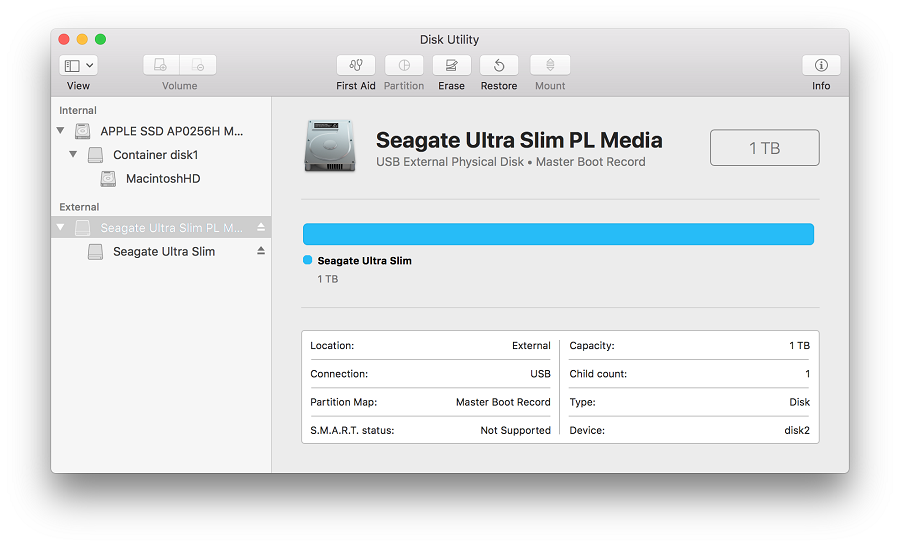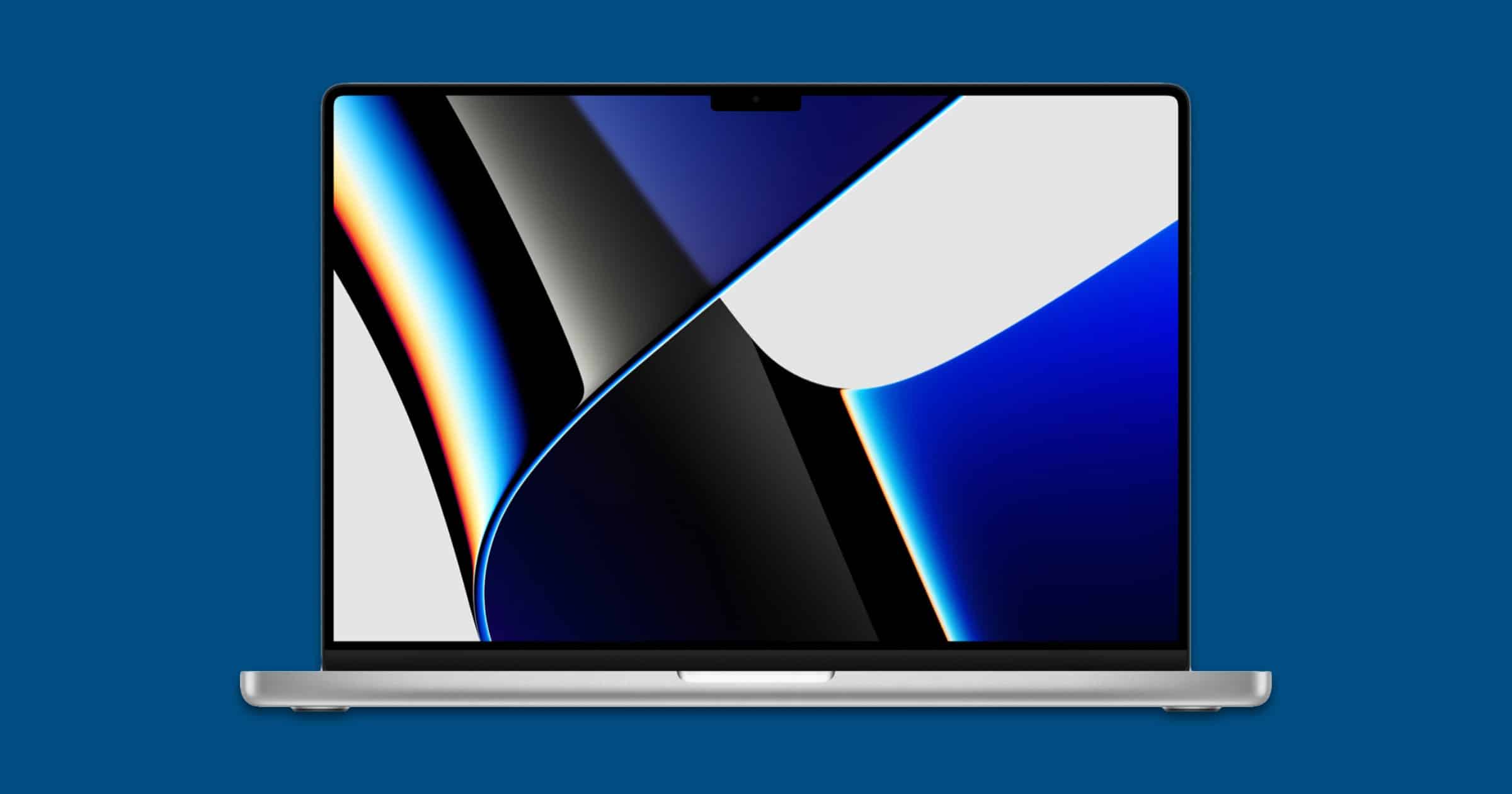

- #BOOT INTO DISK UTILITY MAC OS HOW TO#
- #BOOT INTO DISK UTILITY MAC OS MAC OS X#
- #BOOT INTO DISK UTILITY MAC OS ZIP FILE#
- #BOOT INTO DISK UTILITY MAC OS WINDOWS 10#
- #BOOT INTO DISK UTILITY MAC OS SOFTWARE#
If you would like to offer feedback you may: There is one report of this working in 10.2.4, and several with 10.2.5.
#BOOT INTO DISK UTILITY MAC OS MAC OS X#
The following steps worked in Mac OS X 10.1.5, and haven't been tested in other OSes. If you know what files and folders are necessary to create a Mac OS X bootable CD, please post feedback here.
#BOOT INTO DISK UTILITY MAC OS SOFTWARE#
Note these steps will construct a bootable CD only based on an existing boot CD and allow you to add software to that boot CD. The Macs that are Mac OS 9 bootable are outlined on the Mac OS X native software and hardware FAQ. Some Macs that came with Mac OS X and Mac OS 9 will not boot Mac OS 9.

Command-option-shift-delete (Apple knowledgebase article 24881) and/or the 'C' key will boot other Macs from CDs. Newer Macs can boot off CDs with the startup manager ( Intel version, PowerPC version). These links prove that fact, while some may dispute it:Ĭall AppleCare if you purchased an AppleCare package with disks that will not boot your Mac. This is especially true of system specific CDs which have been found to not work on Macs they didn't come with. Copying CDs for others to use may or may not work properly. Remember though use these processes only within the limits of your license agreement. For those who want utilities built together with 10.3 to 10.4.4 that are third party, and the utility maker hasn't made a newer bootable CD, you can get an external firewire drive to clone your system system with those utilities already installed. Some AppleCare CDs may not be updated for their specific model, and need to be replaced by Apple with a newer bootable system. Disk Utility disks that came with an older Mac operating system version will not boot Macs that came with newer operating system versions and need to be updated. As a result if you want to create a bootable CD to boot specific Macs you'll want to make one that has either the operating system that came with the Mac you are trying to boot or newer. "Update" CDs will not boot at all, and are labelled such on the CD label. Installer CDs made for a specific Mac model, which is indicated by the CD label itself, will only work on the Mac they came with or other Macs of the same model and vintage. To boot those Macs, you need either the version of the operating system which came with their system or a newer retail version. The article in the knowledgebase 255 explain which Macs came with which operating system versions.

This FAQ is divided into the following sectionīefore you go about creating a bootable CD, you need to know that Apple has made some copy protection built-in to various installations of Mac OS CDs. To avoid problems, be sure to have a good backup plan. If in doubt, contact the developer of the utility. Using a disk utility older than the operating system you are diagnosing may yield a system that is unbootable! Be very careful to only use the utility which was designed for your operating system. If you need technical support for issues after reading this FAQ, please visit my Tech Support page, where I offer fee based support.
#BOOT INTO DISK UTILITY MAC OS HOW TO#
How to create a bootable CD in Mac OS X FAQ? Need computer help? Book now to resolve most computer issues.
#BOOT INTO DISK UTILITY MAC OS ZIP FILE#
There is an info – there's no volume associated with this partition – seems to be a problem.Download my résumé as a Word compressed zip file and Adobe Acrobat. I attach below the details of macOS 353gb partition. I suppose the partition of 492 mb might be the missing Mac recovery partition but is surprisingly formatted in NTFS… From what I understand I will have to change GUID types and attribute value but on what partitions?

What do I need to do in order to get my beloved macOS back? I have a backup but it's not that recent and I'd love to get this back. The partitions in EasyUS- the largest one is the MacOS 353,9 gb: I tried to fix it with gdisk but since I can't find the Recovery HD volume I can't set its GUID nor its properties. My question is similar to this one but I don't seem to have a HFS recovery volume visible. I tried to boot into my macOS to see what is the current structure but it doesn't appear among the bootable Operating Systems after restarting and hiting alt. The restart failed 2 times (windows crashed) and finally booted successfully the third time. EasyUs informed me that the system needs to restart to make these changes. I saw the 17-18gb partition (the only one of that size), wiped it and tried to merge it with the windows partition. I went to disk utility on my mac, resized the mac's partition to smaller leaving 17-18gb of free space, then booted up the windows in bootcamp mode, started easyus partition master.
#BOOT INTO DISK UTILITY MAC OS WINDOWS 10#
I tried to enlarge the bootcamp windows 10 partition by 17gb.


 0 kommentar(er)
0 kommentar(er)
